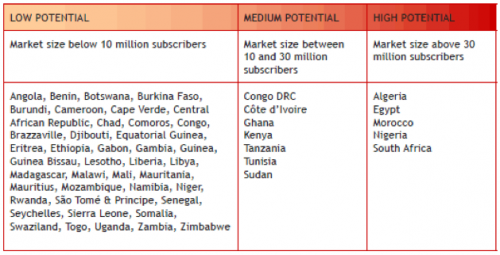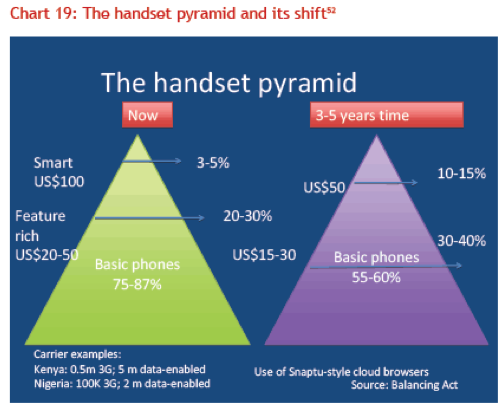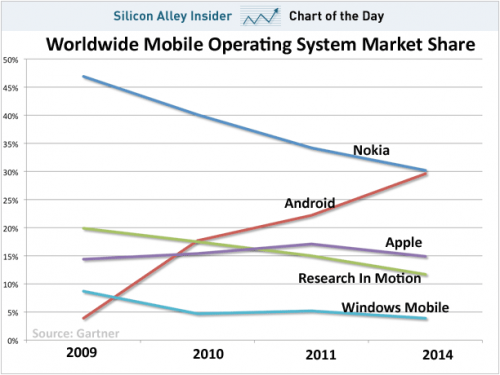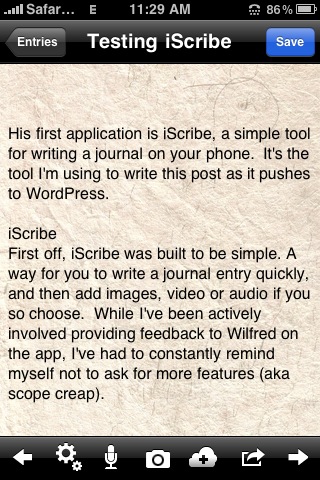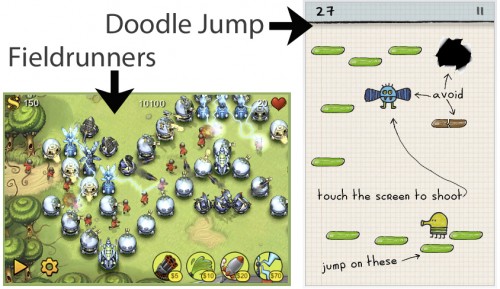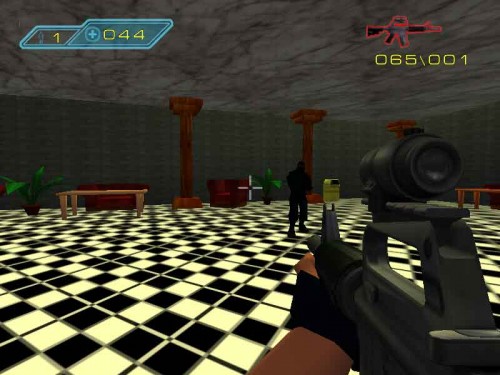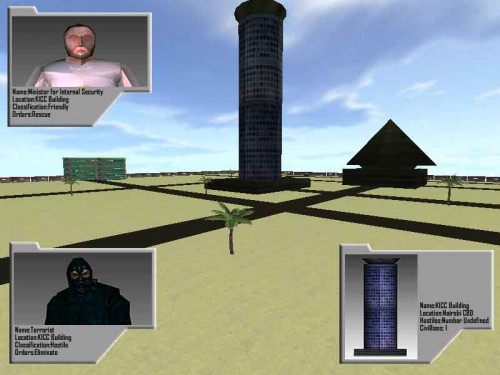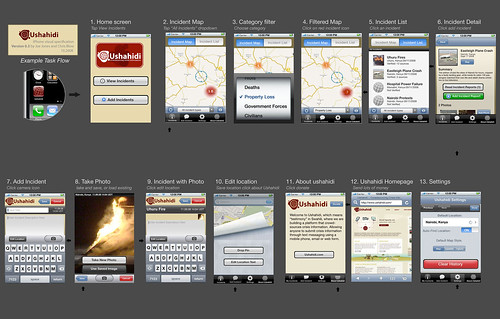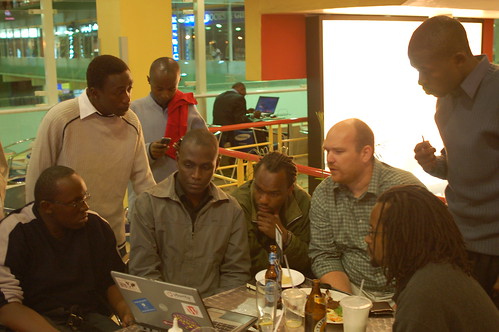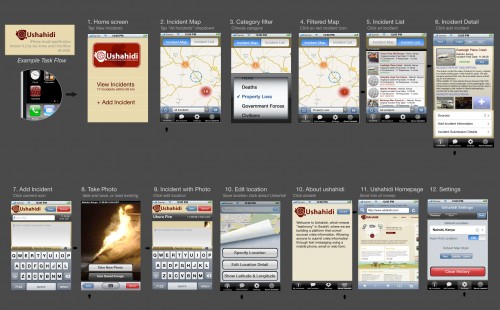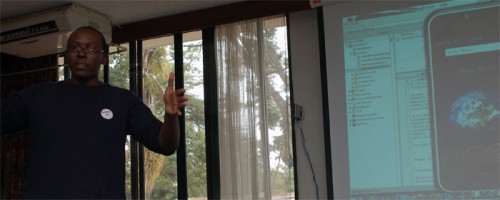(This is my daughter at Lake Naivasha at sunrise)
Enough people have asked me about how I Instagram that I thought it might be worth creating a post on it. I take a lot of pictures as I travel as it gives me something to do along the way, so there are a lot of pictures in my stream from all over the world. I’m a hobbyist, with no pretensions of being a pro.
You can find me at @White_African on Instagram.
I’m starting a tag game with this, now hitting @Truthslinger with #HowIInstagram to see how he does it.
Hardware
iPhone only (I’m on an iPhone 5 these days). I’d guess that 80% of my shots are taken with just the camera and no extra hardware. However, sometimes I mod it with the following items.
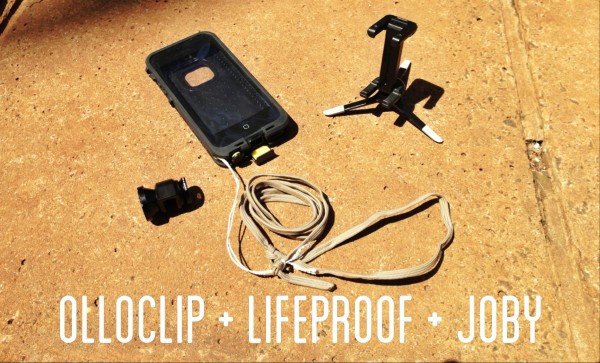
These are the hardware mods that I use for iPhone Instagramming: Olloclip + Lifeproof + Joby
An Olloclip lens ($70): which gives me a wide-angle, fisheye and macro-lens all in a small form that I can fit in my pocket. It’s fantastic. Here are 3 examples of it.


Underwater Lifeproof case: I don’t have this on all the time, only when I’m specifically going out for underwater or am in a boat taking crazy angle shots. Another great add-on that let’s you take some cool shots.

Joby GripTight Microstand (Tripod) ($30): I hardly ever use it, but when taking some macro pictures it comes in very useful as I just can’t hold my hand steady enough to get the shot.
Something I’d like to get is a good telephoto lens for the iPhone.
Software
Camera+ ($1.99): This is my most basic quick-edit app, since I can do multiple shots quickly and it does a good job with clarity and quick filters. I tend to tone down most of the filter choices.
Snapseed (free): When I really want to edit an image, a special one that needs a lot of extra attention to detail, I use Snapseed. If you’re an Android user, they have it for you as well.
ProHDR ($1.99): I like color, so to really make colors pop I’ll use an ProHDR to do it properly. A lot of good in-app controls. My favorite picture from last year was taken with it:
(A tree in a park in Camden, Maine during the Fall)
Over ($1.99): If you like to put text over your images, there is no better iPhone app for it than Over. Many awards and also made by my friend @AaronMarshall.
Other apps that I use either randomly or rarely:
- NoIMGdata ($0.99): wipe all the sensitive EXIF data from the picture for privacy
- SlowShutter ($0.99): a great app for light trails or low light
- Reduce ($1.99): for when the image size needs to be smaller
10 of my favorite shots
(Boats near the harbor in Camden, Maine)
(Making sun tea in Diani, Kenya coast)
(A quiet pool and shady trees in rural England)
(At Yale University, USA)
(Mark and Tosh relaxing on Diani Beach, Kenya)
(The iHub team at Diani Beach, Kenya)
(Satellite, the only way to get internet at a ranch near Tsavo, Kenya)
(Emmanuel doing a summersault off a dhow near Lamu, Kenya)
(Olloclip macro lens on a burning candle)
(Jumpshot at Strathmore high school, Kenya)
The Kenya365 Project
In September 2012, we started a #Kenya365 project for anyone in Kenya to take a picture a day and tag it with that hashtag. The amazing @Truthslinger runs it, and we have weekly themes that he sets up. Take a look to see some great shots from around Kenya, and join in. The only rule is that you can only tag one picture per day with #Kenya365 on it.

